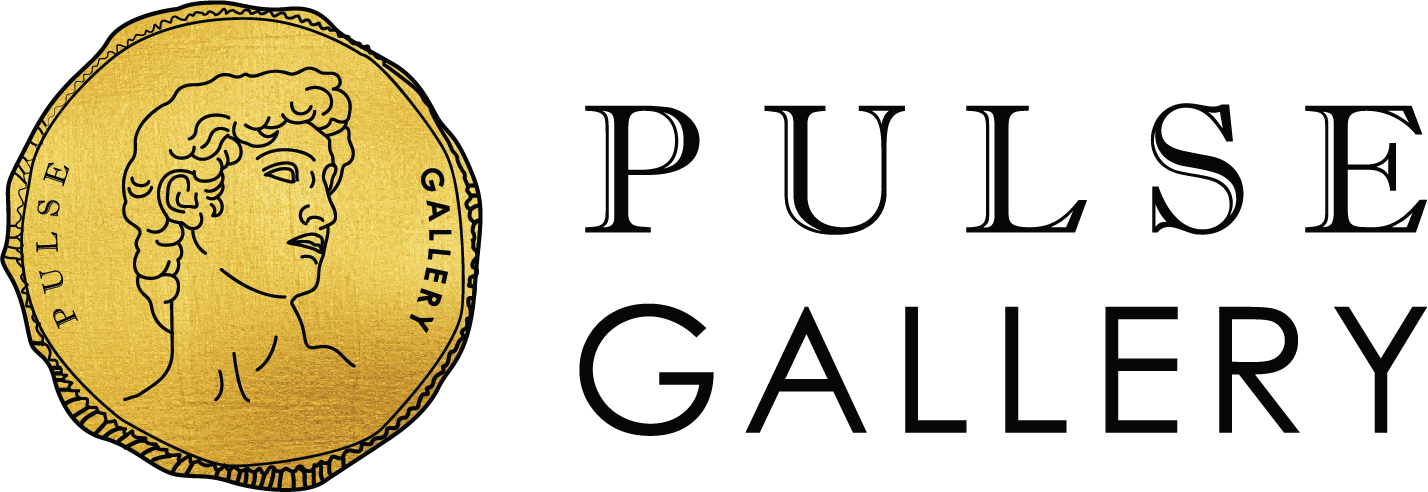Starting HIV treatment - Recommended treatments for HIV
2134
Starting HIV treatment - Recommended treatments for HIV

Starting HIV treatment - Recommended treatments for HIV
Key points
- It’s better to start HIV treatment sooner, rather than later.
- Treatment will reduce the risk of HIV transmission, prevent illnesses and extend your life.
- A range of different HIV medications are available.
Everyone who has diagnosed HIV is recommended to take HIV treatment. It's better for your health to begin HIV treatment sooner, rather than later.
Anti-HIV medications work by lowering the amount of HIV in the blood (viral load). The aim of HIV treatment is an undetectable viral load. This means that the amount of HIV in a blood sample is so low that it cannot be detected using a standard test. Reducing the amount of HIV in your blood allows your immune system (measured by your CD4 cell count) to strengthen. The higher your CD4 cell count, the lower your risk of becoming ill because of HIV (and possibly some other serious illnesses as well).
You should discuss with your doctor the best time for you to start HIV treatment. There are a number of factors you might want to consider, including:
- The benefits of starting treatment now.
- The potential risks if you delay starting treatment.
- Are you ready to start treatment now?
- Are there other factors in your life that affect your ability to start taking HIV treatment?
There may be other things which are relevant to your treatment and care and you may have other questions. It's a good idea to take some time to think about these before you go to an appointment at your clinic.
When to start treatment
The sooner you start to take HIV treatment, the sooner you can benefit from it. HIV treatment guidelines, both in the UK and elsewhere in the world, recommend that all people with HIV should take HIV treatment, regardless of their CD4 count.
You can start taking HIV treatment as soon as you feel ready.
In 2015 a large, well-conducted study demonstrated that there are advantages to starting treatment as soon as possible, even with high CD4 cell counts. The study clearly demonstrated that starting HIV treatment earlier has positive effects on health outcomes and reduces the risk of developing AIDS and other serious illnesses. A long-term follow-up of this study showed these benefits were still present around 10 years after joining the study. While people sometimes worry about the side effects of anti-HIV medications, the study also showed that people who began HIV treatment earlier had a better quality of life than people who waited.
Another important benefit of starting treatment is that it usually suppresses the amount of HIV in your body fluids to an ‘undetectable’ level. Having an undetectable viral load means that there's not enough HIV in your body fluids to pass HIV on during sex. In other words, you are not infectious. This is also called 'undetectable equals untransmittable' (U=U).
Other research has shown that with HIV treatment, many people living with HIV can have a relatively normal lifespan.
If your CD4 cell count is below 200, it's especially important that you begin HIV treatment as soon as possible. The lower your CD4 cell count, the greater the risk of infections and HIV making you ill.
Similarly, if you have caught HIV very recently – within the past three months – your doctor is likely to encourage you to start treatment without delay. This is because some people can become seriously ill soon after infection. Starting treatment very soon after infection reduces the chances of illness. It also gives you the best chance of having a normal immune system while living with HIV.
While the medical case for starting treatment as soon as possible is clear cut for most people, the decision to start treatment rests with the person living with HIV. Before starting treatment, it’s important that you understand how it works and what it involves. You may need a little time before you feel ready to start.
Add us on Line and stay in touch.
- This article is a sumarization of HIV treatment guidelines from many countries such as USA, UK, EACS (Europe), Thailand and Australia
The British HIV Association (BHIVA) provides guidelines for people starting or changing HIV treatment. - There are several different options in the guidelines, including some two-drug regimens.
- The choice of medication should be individualised, taking into account side effects, other health issues, drug interactions and personal preferences.
The guidelines include recommendations for the drug combinations to choose from when starting HIV treatment or when switching with undetectable viral load.
Most people take a combination of three antiretroviral medications, although some two-drug combinations are now also possible.
In a three-drug combination, two of the medications are sometimes called the ‘backbone’ of the combination. They are two drugs from the nucleoside/nucleotide reverse transcriptase inhibitor (NRTI) class.
BHIVA usually recommends a backbone of tenofovir and emtricitabine. (Two versions of tenofovir are available: the older formulation is called tenofovir disoproxil, while the new formulation is tenofovir alafenamide.) The backbone must be taken together with a third medication.
Except when mentioned below, the recommended medications need to be taken once a day.
Which anti-HIV medications to start with
Standard treatment for people starting HIV treatment for the first time is a combination of three different medications. Anti-HIV medications belong to different classes depending on the way they work against HIV. The main classes of anti-HIV medications are nucleoside reverse transcriptase inhibitors (NRTIs), non-nucleoside reverse transcriptase inhibitors (NNRTIs), boosted protease inhibitors and integrase inhibitors. Click here to find out more about how these different classes of anti-HIV medications work.
In the UK, standards for HIV treatment and care are set by the British HIV Association (BHIVA), the professional association for HIV doctors and other healthcare professionals. Their guidelines for HIV treatment are reviewed regularly and their current recommendations for which anti-HIV medications to use are summarised on another page.
Medications recommended as initial treatment for most people living with HIV
The recommended first-line HIV treatments for most people all include an integrase inhibitor: either dolutegravir or bictegravir. It is usually taken together with a nucleoside backbone as part of a three-drug combination.
There are five options:
Dolutegravir / tenofovir disoproxil / emtricitabine. This is usually taken as two pills: Tivicay contains dolutegravir, and a pill from a generic manufacturer contains the other two drugs.
Dolutegravir / tenofovir alafenamide / emtricitabine. This is usually taken as two pills: Tivicay contains dolutegravir, while Descovy contains the other two drugs.
Bictegravir / tenofovir alafenamide / emtricitabine. This is usually taken as one pill, called Biktarvy.
Dolutegravir / abacavir / lamivudine. This is usually taken as one pill, called Triumeq.
Dolutegravir / lamivudine. This combination includes two drugs, not three. It is usually taken as one pill, called Dovato.
Medications recommended as initial HIV treatment in certain situations
If the combinations listed above are not suitable for you, or in some other clinical situations, other drugs may be used. As before, a ‘backbone’ of tenofovir and emtricitabine is recommended. A third medication may be added:
Darunavir. This is a protease inhibitor, which is boosted with ritonavir or cobicistat. It is included in the tablets Prezista, Rezolsta and Symtuza, or from generic manufacturers.
Raltegravir. This is an integrase inhibitor, available in a tablet called Isentress. Both once-a-day and twice-a-day doses are available.
Doravirine. This is a non-nucleoside reverse transcriptase inhibitor (NNRTI). It is included in the tablets Pifeltro and Delstrigo.
Efavirenz. This is a non-nucleoside reverse transcriptase inhibitor, available from generic manufacturers. In some circumstances, the backbone could be abacavir and lamivudine, rather than tenofovir and emtricitabine. Efavirenz is only recommended for people who are pregnant or taking tuberculosis treatment.
Trust PULSE CLINIC to take care of your health like other 45000 people from over 130 countries. We provide discreet professional service with high privacy. Here to help, not to judge.

